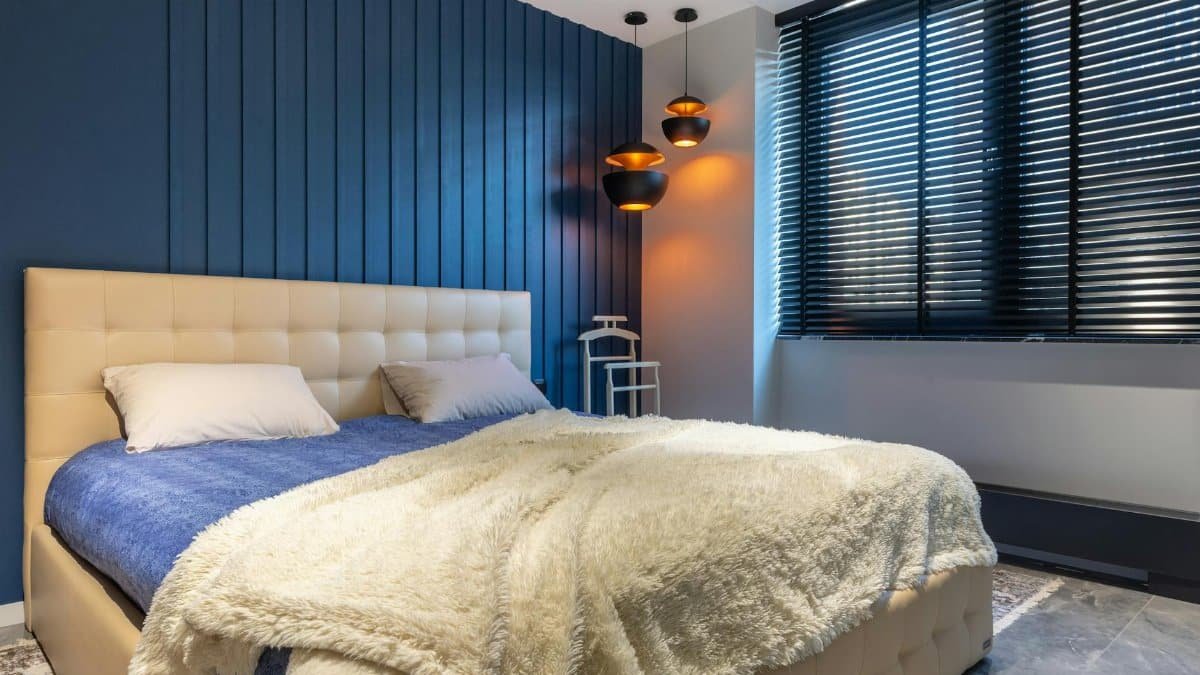Is your home secretly stressing you out? A surprising number of Americans are rethinking their living spaces, with home mental health improvements becoming a top priority in 2025. Studies show that small tweaks to your environment can significantly reduce anxiety and boost well-being. With mental health challenges on the rise, creating a sanctuary at home isn’t just a luxury—it’s a necessity. Here’s how to transform your space into a haven with nine easy, actionable changes that deliver real results.
1. Declutter for Clarity

Clutter isn’t just an eyesore—it’s a mental burden. Research from UCLA found that physical clutter can increase stress hormone levels, especially in women. Start small: tackle one drawer or shelf daily. Donate or discard items you haven’t used in a year. A tidy space can clear your mind, making room for calm. Keep surfaces minimal to avoid visual overload.
2. Bring in Natural Light

Dark spaces can dampen your mood. A study by the National Institute of Mental Health shows exposure to natural light boosts serotonin, a key mood regulator ( NIMH on Seasonal Affective Disorder ). Open curtains during the day, trim obstructing shrubs, or add mirrors to reflect light. If natural light is limited, invest in full-spectrum bulbs that mimic sunlight.
3. Add Calming Colors

Color impacts emotions more than you’d think. Blues and greens are proven to lower stress, according to a 2020 study from the University of Sussex ( University of Sussex Mindfulness Research ). Repaint a room or add throw pillows in soothing shades. Avoid harsh reds or overly bright tones in rest areas—they can spike anxiety.
4. Create a Quiet Zone

Noise pollution is a silent stressor. Carve out a corner for silence, even if it’s just a chair with noise-canceling headphones nearby. Use rugs or curtains to dampen sound. This space should be tech-free—no phones or TVs. A dedicated spot for stillness can become your go-to for unwinding after a rough day.
5. Incorporate Plants

Greenery isn’t just decor; it’s therapy. NASA research confirms that houseplants like snake plants or pothos can purify air and reduce stress. Place a few in high-traffic areas or near your workspace. Caring for plants also offers a grounding routine, easing overactive minds. No green thumb? Start with low-maintenance options.
6. Limit Screen Overload

Screens dominate our homes—and our attention. Constant digital exposure can heighten anxiety. Set boundaries by creating no-screen zones, like the bedroom or dining area. Use a basket to store devices during family time. Reducing blue light exposure, especially at night, can also improve sleep, a cornerstone of mental health.
7. Personalize Your Space

Your home should reflect who you are. Display photos, art, or mementos that spark joy. A 2025 trend shows more Americans curating spaces with personal touches to feel grounded. Avoid overdoing it—too many items can tip into clutter. Focus on meaningful pieces that lift your spirits every time you see them.
8. Optimize Sleep Areas

Poor sleep wrecks mental health. Make your bedroom a rest sanctuary by investing in blackout curtains and a comfortable mattress. Keep the room cool—around 65°F is ideal, per sleep experts. Remove work-related items; your brain needs to associate this space with relaxation, not stress. Better rest equals better resilience.
9. Set Up a Movement Space

Exercise is a proven mood booster, but you don’t need a gym. Dedicate a small area for stretching, yoga, or light workouts. Keep a mat or dumbbells handy. Physical activity triggers endorphins, and having a designated spot makes it easier to stick to a routine. Even 10 minutes daily can shift your mindset.
Turning your home into a mental health haven doesn’t require a massive overhaul. These nine simple changes prove that small, intentional steps can yield big payoffs for your well-being. Start with one or two adjustments, and watch how your space—and your mood—transforms.
